MORINGA
Moringa
Adans., Fam. Pl. 2: 318. 1763; Hook. f., Fl. Brit. India 2: 45. 1879; Chittenden, Dict. Gard. 3: 1320. 1951; Maheshwari Fl. Delhi 107. 1963; Hutch., Gen. Fl. Pl. 2: 318. 1967; Fl. China @ eFloras.org 8: 196; Fl. Pak. @ eFloras.org
Characters of Moringa same as that of its family Moringaceae.
13 species
Moringa oleifera
Moringa oleifera
Lam., Encycl. Meth. 1: 398. 1785; Gamble, Fl. Madr. Repr. ed. 1: 192. 1957; Pax in Engl. & Prantl., Natur. Pflanzenfam. 17b: 697. 1936; Maheshwari Fl. Delhi 107. 1963; Fl. China @ eFloras.org 8: 196; Fl. North Amer. @ eFloras.org 7: 168; Fl. Pak. @ eFloras.org; M. pterygosperma Gaertn. Fruct. 2: 314. 1791; Hook.f., Fl. Brit. India 2: 45. 1879; Parker, For. Fl. Punj. ed. 1: 121. 1918 (Reprint 1973); Gualandinia moringa L., Sp. Pl. 1: 381. 1753; Hyperanthera moringa (L.) Vahl, Symb. Bot. 1: 30.1790.
A large perennial, deciduous tree with gummy bark, wood soft, younger parts pubescent. Leaves alternate, 30-72 cm long (including petiole up to 12 cm), usually tripinnately imparipinnate, rachis slender, thickened and articulated at base; pinnae ( 2-9 pairs + one odd) and pinnules (2-7 pairs + one odd) opposite, deciduous, their rachises very slender, articulated and with a gland at articulation; leaflets 3-9(-13), opposite, 1.2-2(-3.8) cm x 0.9-2(-2.7) cm, the lateral leaflets elliptic, the terminal leaflet obovate and slightly larger with emarginate apex, membranous, pale beneath, nerves obscure; petiolules of lateral leaflets ca. 2.5 mm, of terminal ca. 5 mm long. Inflorescences axillary panicles, 8-30 cm long, puberulent, floral buds ovoid. Flowers zygomorphic, bisexual, hypogynous, large, ca. 2.5 cm across, white, strongly honey-scented; pedicels 1.3-2 cm long, articulated near flower; bracteoles 2, free, puberulent. Calyx tube short, hairy; lobes 5, unequal, imbricate, petaloid, 1.3- 1.5 cm x 5-6 mm, linear-lanceolate, reflexed, entire, obtuse or acute, puberulous without; sepals borne on a short hypanthium. Petals 5, free, unequal, linear-spathulate, 1.2-1.8 cm x 5-6 mm, posterior 2 smaller, laterals ascending, anterior large and erect, others reflexed, white with yellow dots at the base. Fertile stamens 5 (occasionally 6-9), alternating with 4-9 staminodes; filaments villous at base, sometimes near anther also; filaments of fertile stamens 5-8 mm long and staminodes 4-6.5 mm long (including sterile anthers); fertile anthers 2 mm x 1-1.5 mm, monothecous, dorsifixed. Carpels 3, syncarpous; ovary stipitate, oblong, 5-12 mm long, villous, unilocular with 3 parietal placentas, ovules many in 2 series; style 1, cylindric, less villous than ovary; stigma truncate, perforated in the centre. Fruit a 9-ribbed pendulous capsule, 23-50 cm long and 1.5-2.0 cm in diameter, slightly constricted between seeds, loculicidally 3-valved. Seeds many, embedded in pits of the valves, ca. 2.5 cm long, 3-angled, the angles winged.
Common Names: Horseradish Tree, Moringa, Drumsticks Tree, Ben Oil Tree, Benzoil Tree; Sohanjana, Senjana, Sajjan, (Hindi)
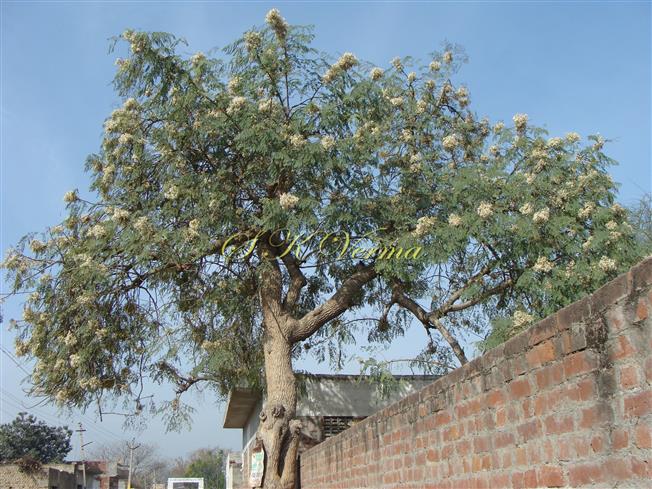
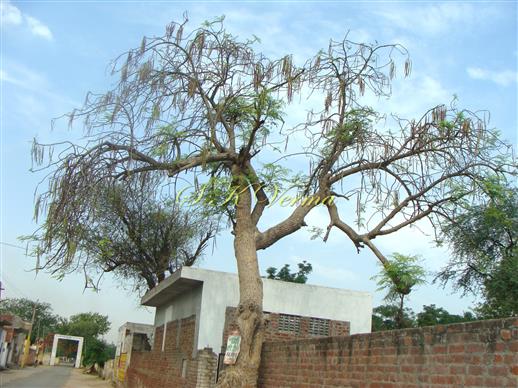
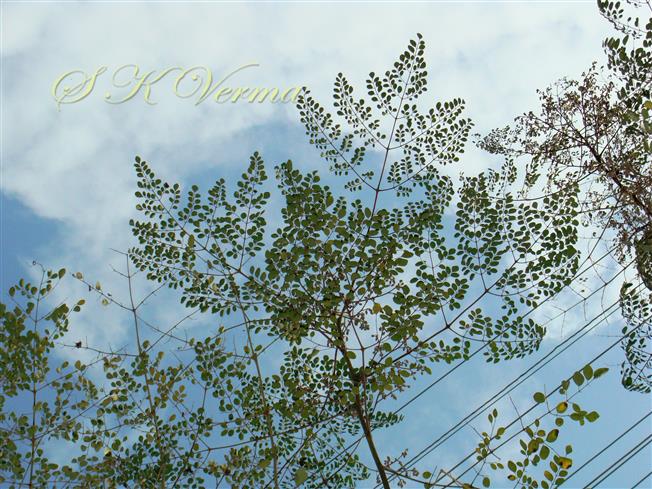
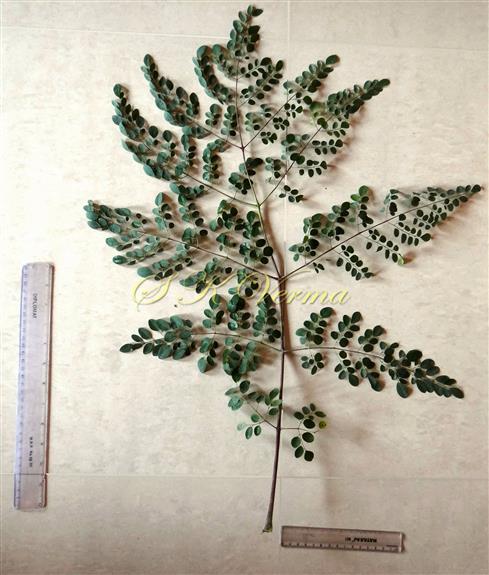
.jpg)
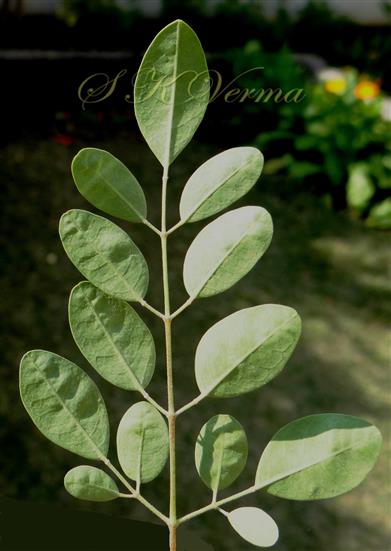

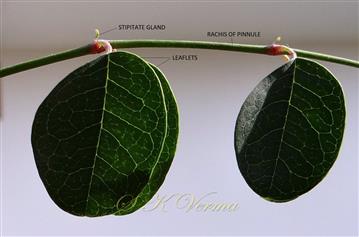
.jpg)
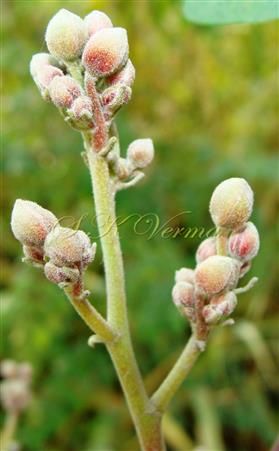
-DSC03001.jpg)
-See Calyx and Corolla-DSC03005.jpg)
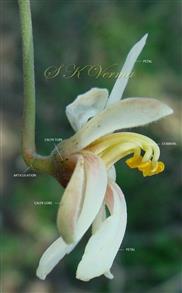
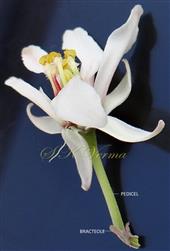
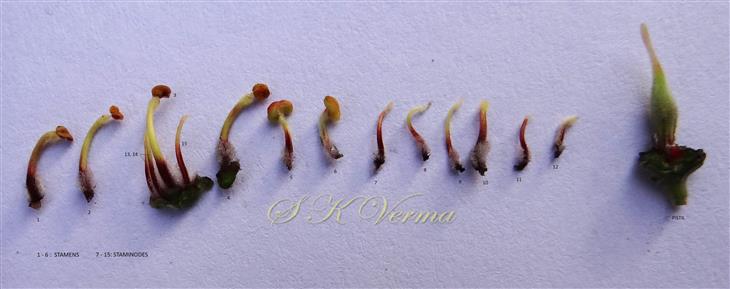
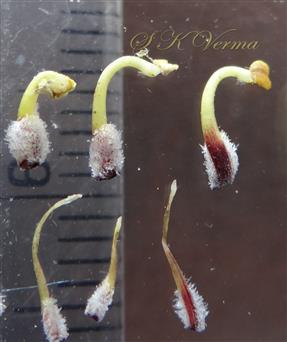
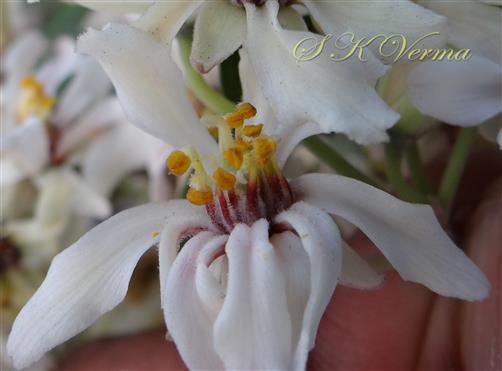
, staminodes (9) and pistil--DSC07505.jpg)
, staminodes (4) and Pistil-DSC01644.jpg)
, staminodes (4) and Pistil-DSC02454.jpg)
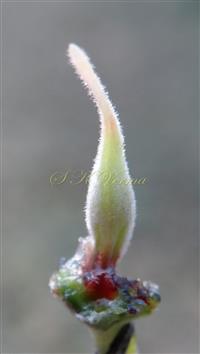
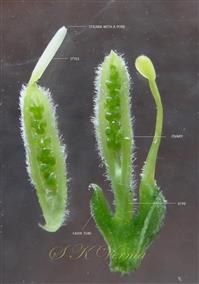
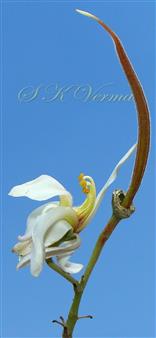
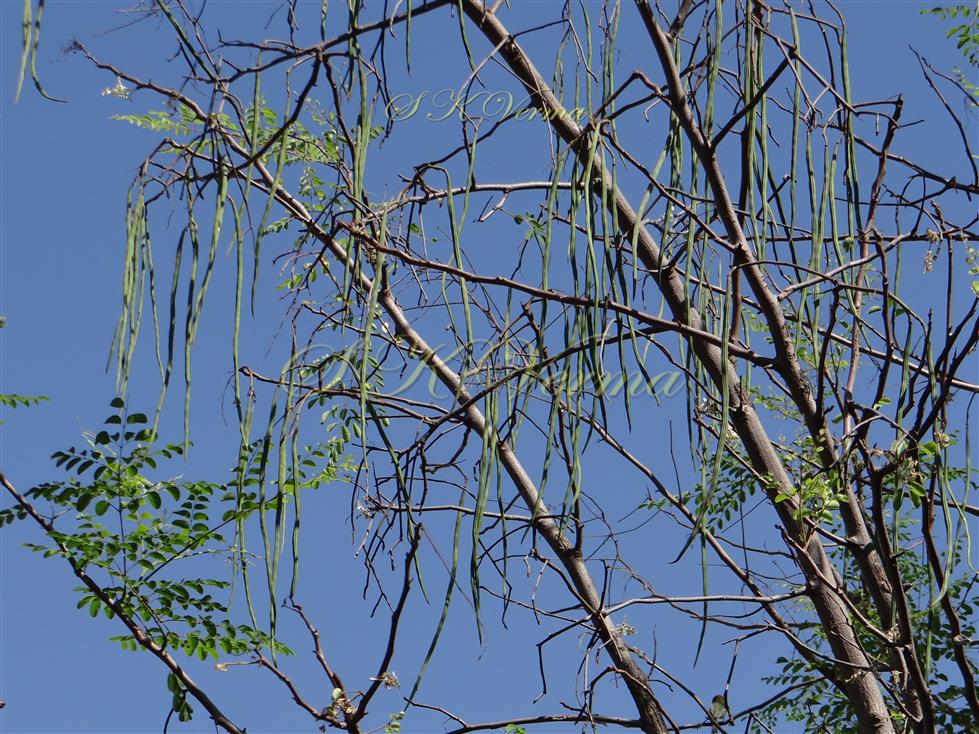
- DSC08923.jpg)
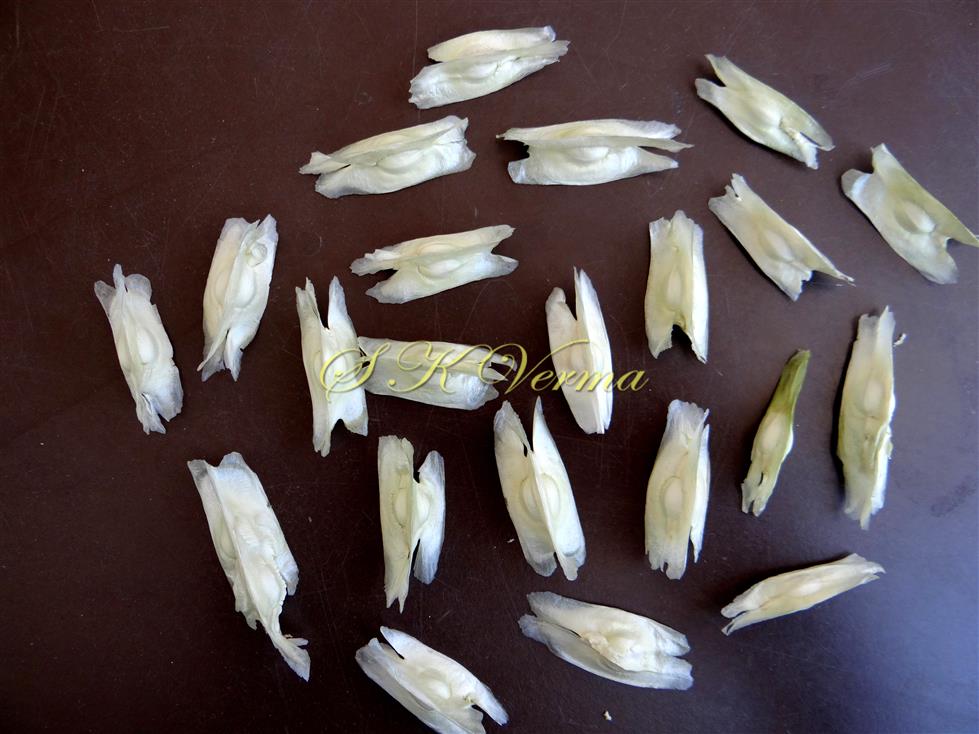





.jpg)



.jpg)

-DSC03001.jpg)
-See Calyx and Corolla-DSC03005.jpg)





, staminodes (9) and pistil--DSC07505.jpg)
, staminodes (4) and Pistil-DSC01644.jpg)
, staminodes (4) and Pistil-DSC02454.jpg)




- DSC08923.jpg)
